The introduction of innovative technologies in the management of hip arthrosis system has become increasingly essential as lifestyle-related joint issues rise globally. According to the World Health Organization, musculoskeletal disorders affect 1 in 3 adults, with hip arthritis being a prominent contributor to disability among the elderly. A report by the American Academy of Orthopaedic Surgeons indicates that over 300,000 hip replacements are performed annually in the United States alone, underscoring the significance of advancements in arthrosis systems.
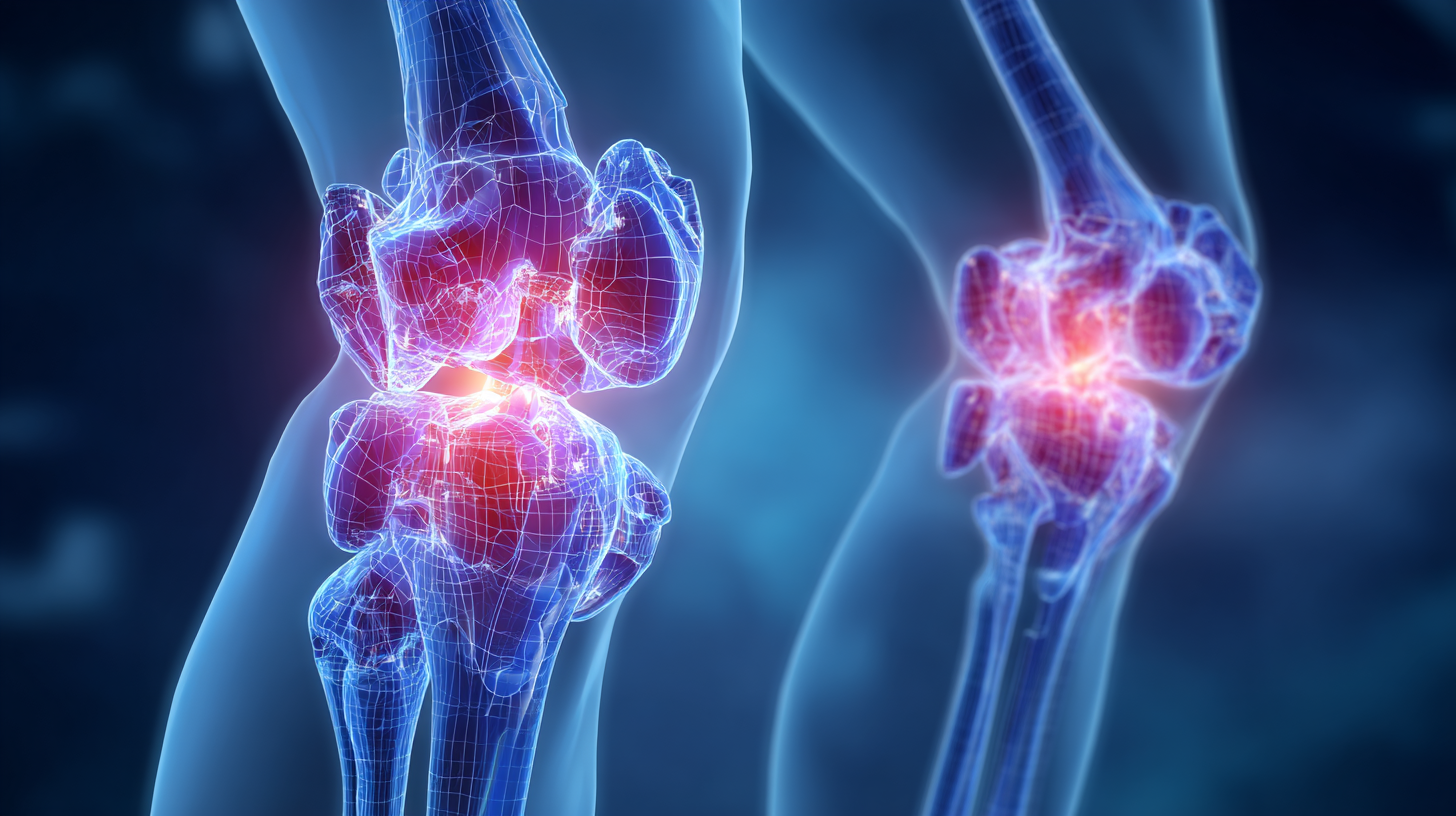
Recent innovations, including robotic-assisted surgeries and patient-specific implants, aim to enhance joint health and improve postoperative recovery times. By integrating digital tools and advanced methodologies, the hip arthrosis system is evolving, enabling healthcare providers to offer more personalized and effective treatment options for patients suffering from degenerative joint diseases. This shift not only promotes better health outcomes but also helps reduce the overall burden on healthcare systems.
Innovative technologies are revolutionizing the management of hip arthrosis, providing patients with enhanced options for treatment and improved joint health. Cutting-edge developments, such as smart implants and advanced imaging techniques, enable precise diagnosis and tailored treatment plans. These innovations not only extend the lifespan of hip joints but also reduce recovery times and enhance overall patient satisfaction. For instance, 3D-printed implants can be customized to fit individual anatomy, ensuring a better alignment and functionality, which is crucial for long-term success.
Tips for managing hip arthrosis effectively: Incorporating low-impact exercises, such as swimming and cycling, to strengthen the muscles around the hip joint without adding stress. Additionally, consider utilizing assistive devices, like canes or walkers, to maintain mobility and prevent further joint damage. Regular consultations with healthcare professionals to monitor progression and adjustments in your management plan are essential. Staying informed about emerging technologies can empower patients to make educated decisions about their treatment options.
Advancements in technology have ushered in a new era for monitoring joint health, particularly in patients suffering from hip arthrosis. Key digital tools now play a pivotal role in tracking the progress of joint health through innovative solutions. Mobile applications equipped with functionalities for daily symptom logging allow users to document pain levels, mobility, and exercises performed. This data not only empowers patients to take an active role in their treatment but also provides valuable insights for healthcare professionals to tailor interventions effectively.
Moreover, wearable devices have gained prominence in the realm of joint health monitoring. These gadgets can continuously collect real-time data, such as step counts and gait analysis, enabling a comprehensive view of a patient's activity levels. Some advanced devices even include features that analyze joint movement patterns and detect deviations that may indicate worsening conditions. By integrating these digital tools into routine care, both patients and clinicians can ensure a proactive approach to managing hip arthrosis, ultimately fostering improved outcomes and enhanced joint health.
This chart displays the effectiveness of key digital tools in monitoring joint health over a span of six months. The data reflects improvements in joint health scores based on regular monitoring and use of innovative technologies.
Maintaining optimal hip joint wellness is crucial for overall mobility and quality of life. Incorporating regular low-impact exercises, such as swimming or cycling, can significantly strengthen the muscles surrounding the hip joint without placing undue stress on it. Stretching exercises also play a vital role in enhancing flexibility and reducing stiffness, which can alleviate discomfort and promote better functioning of the hip joint.
In addition to physical activity, nutrition is essential for supporting hip joint health. Consuming a balanced diet rich in anti-inflammatory foods can foster joint wellness. Incorporating omega-3 fatty acids, found in fatty fish and flaxseeds, along with an abundance of fruits, vegetables, and whole grains, contributes to reducing inflammation. Staying hydrated is equally important, as optimal fluid intake can help maintain the joint’s lubricating synovial fluid, thereby enhancing its range of motion.
Lastly, being mindful of body mechanics during daily activities can protect the hip joint from undue strain. Simple adjustments, such as using proper posture while sitting and lifting with the legs rather than the back, can reduce the risk of injury. By integrating these lifestyle tips, individuals can foster a proactive approach towards hip joint health, ensuring long-term mobility and vitality.
The convergence of physical therapy and digital solutions is transforming the landscape of rehabilitation for those affected by hip arthrosis. Recent reports indicate that integrating technology into therapeutic exercises can significantly enhance patient engagement and adherence to rehabilitation protocols. According to the Journal of Orthopaedic & Sports Physical Therapy, patients using digital platforms for guided therapy exhibit up to a 30% increase in recovery speed due to personalized exercise regimens and consistent monitoring by healthcare professionals.
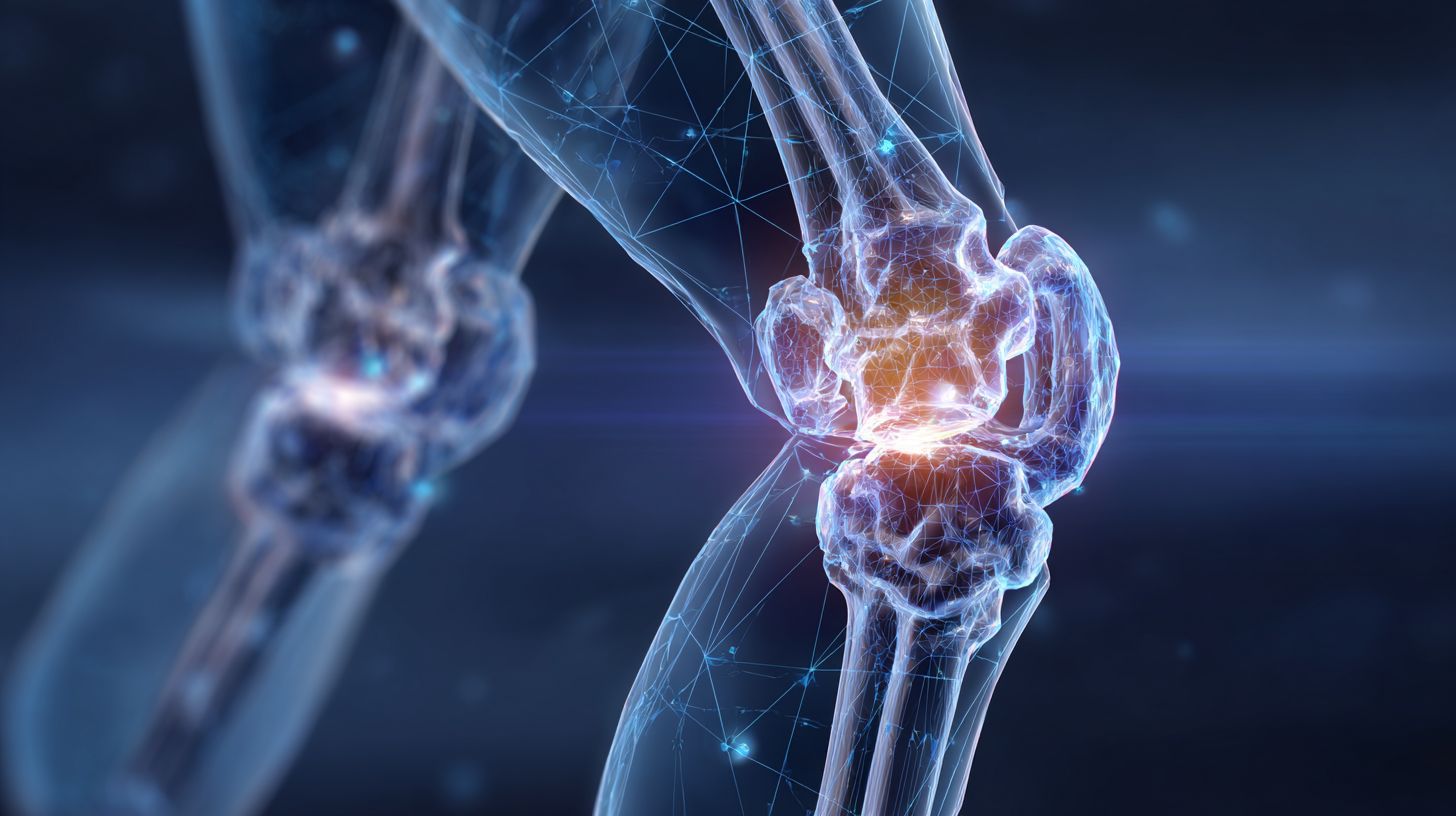 Furthermore, the use of mobile applications that track pain levels and physical activity is proving to be beneficial. A study from the Arthritis Foundation highlights that patients who utilize these tools report a 20% improvement in their overall joint health perception. By merging traditional physical therapy approaches with innovative digital solutions, clinicians can provide more tailored and responsive care, ultimately leading to improved outcomes for individuals suffering from hip arthrosis. This holistic approach not only fosters optimal recovery but also empowers patients to take an active role in their rehabilitation journey.
Furthermore, the use of mobile applications that track pain levels and physical activity is proving to be beneficial. A study from the Arthritis Foundation highlights that patients who utilize these tools report a 20% improvement in their overall joint health perception. By merging traditional physical therapy approaches with innovative digital solutions, clinicians can provide more tailored and responsive care, ultimately leading to improved outcomes for individuals suffering from hip arthrosis. This holistic approach not only fosters optimal recovery but also empowers patients to take an active role in their rehabilitation journey.
The landscape of hip arthrosis treatment is undergoing a significant transformation, driven by digital innovations that enhance joint health. According to a report by Grand View Research, the global orthopedic software market is projected to reach $3.2 billion by 2025, highlighting the crucial role of technology in patient care. Innovations such as telemedicine have enabled orthopedic specialists to provide remote consultations and personalized treatment plans, improving accessibility for patients dealing with hip arthrosis. This shift not only ensures timely intervention but also fosters patient engagement through real-time monitoring and feedback.
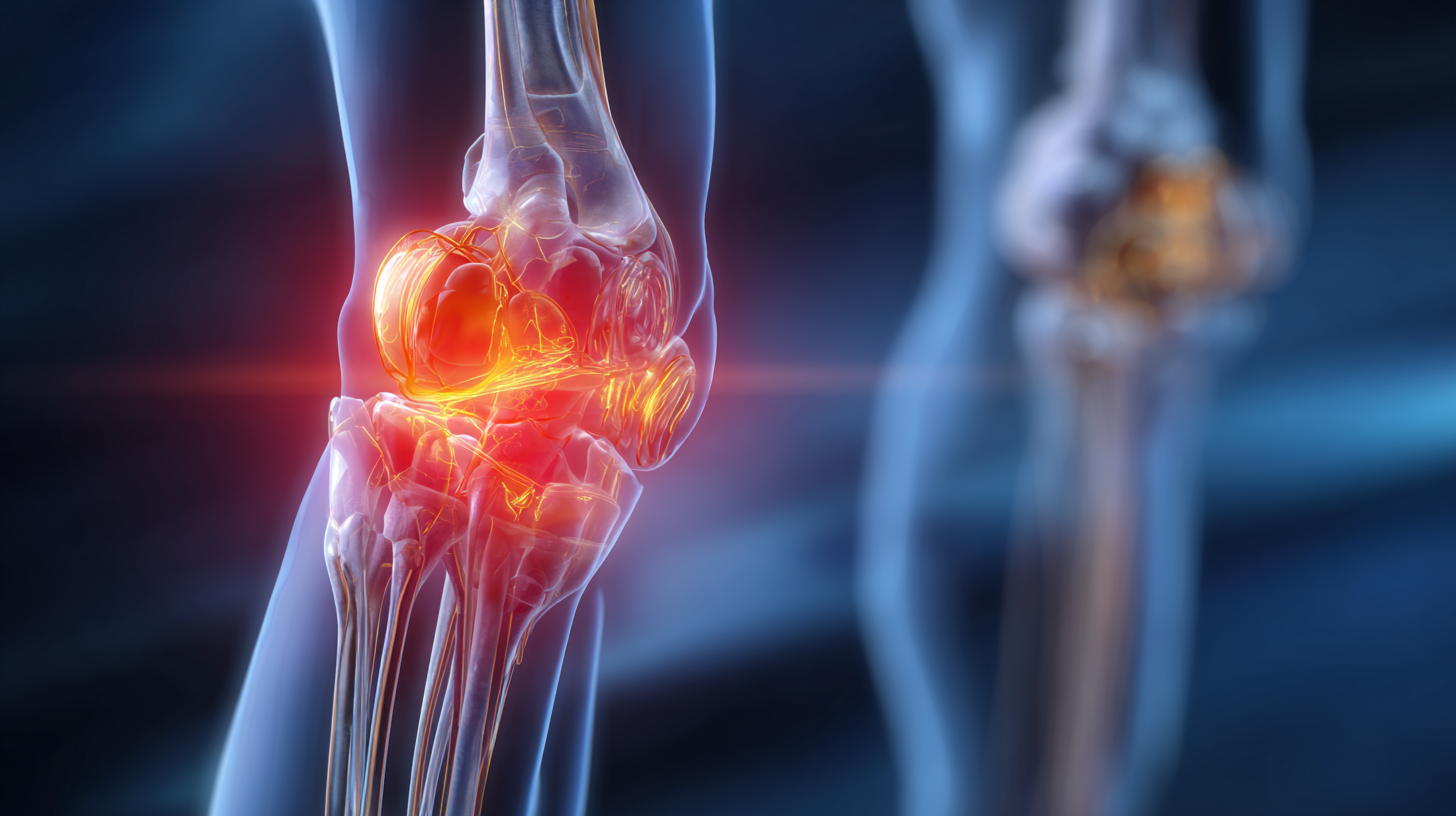
Future trends suggest that artificial intelligence (AI) and machine learning will be instrumental in advancing hip arthrosis treatment. A study published in the Journal of Orthopaedic Research indicates that predictive analytics can improve outcomes by identifying at-risk patients early. Through AI-driven tools, clinicians can analyze vast amounts of data to tailor interventions more effectively, ensuring that treatments are both proactive and personalized. With these developments, the potential for improved mobility and reduced pain in hip arthrosis patients is greater than ever, steering the future of orthopedic care toward more innovative and efficient solutions.
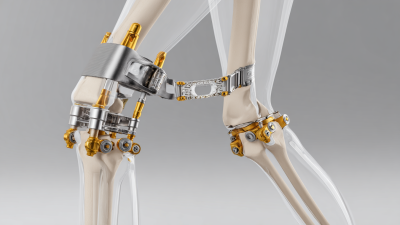
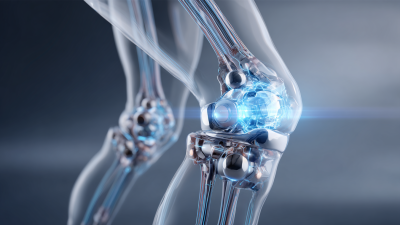
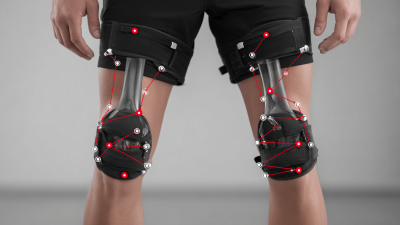

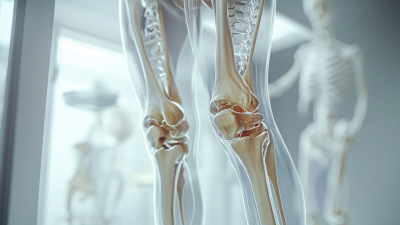
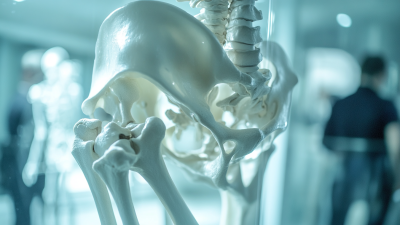
*The content on this website is for general informational purposes only and should not be taken as medical advice. Please contact your physician or therapist to learn what therapy solution is suitable for your specific needs. Not all products, features, or indications shown are approved in all countries.